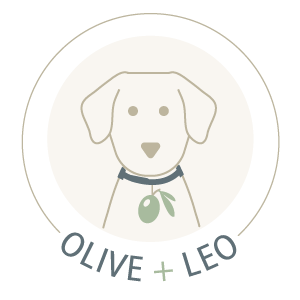In the age of Instagrammable everything, a robust social media presence is no longer a luxury for restaurants—it’s a necessity. With 72% of consumers using social media platforms like Facebook to make restaurant or retail decisions, standing out in the digital crowd has become crucial for attracting new customers and building loyalty.
However, creating a successful social media presence can be daunting, especially for independent businesses with limited resources. Hiring a dedicated marketing team might seem like a dream, and outsourcing to agencies can feel disconnected from your brand’s unique voice. How can you bridge the gap and create engaging social media content without breaking the bank?
The answer lies within your own four walls: your amazing staff. By empowering your staff to become #HashtagHeroes, you can cultivate a vibrant social media presence that resonates with your target audience, fosters customer engagement, and drives sales—all without breaking the bank.
The Secret Sauce: Empowering Your Restaurant Staff to Manage Social Media
For many local restaurants, coffee shops, and bars, your staff can become a secret weapon for social media success. They’re the heart and soul of your business, interacting with customers daily and experiencing the energy firsthand. Imagine harnessing their passion and knowledge to create authentic, engaging content that resonates with your audience.
At Olive + Leo, we’ve seen countless restaurants thrive on social media thanks to the magic of empowered staff. In this article, we’ll explore some best practices that Olive + Leo users and other restaurant managers can use to turn their staff into social media stars.
How can you unlock this hidden potential? Let’s delve into some practical strategies.
1. Content Captains
Designate a content captain for each shift, someone who can be the point person for capturing and posting content. Look for people who are naturally enthusiastic about your brand and comfortable with social media. This individual could be a host or someone with a bit more capacity to manage social media responsibilities while still fulfilling their primary role.
2. Employee Training Workshops
You don’t want to leave your team in the dark. Consider offering basic social media training workshops to equip them with essential skills like photography basics, storytelling techniques, and best practices for interacting with customers online. Be sure to provide them with clear guidelines on brand voice, content types, and what content to avoid, ensuring alignment with your overall strategy.
4. Micro-Moments and Macro-Impact
Encourage staff to share authentic glimpses into their daily lives. This could be a chef plating a dish with artistic flair, a bartender shaking up a signature cocktail, or a waiter capturing a heartwarming customer interaction. When shared on social media, these micro-moments weave a powerful narrative about your restaurant’s culture and personality.
5. Incentivize Employee Engagement
Offer rewards or incentives for employees who actively contribute to the restaurant’s social media efforts. This could include gift cards, bonuses, or recognition at staff meetings. By engaging and rewarding your staff, you can create excitement about contributing in a major way to the success of your business.
Social Content Ideas to Ignite Your Feed
Now, let’s fuel your staff’s creativity with some social media content ideas.
1. Behind-the-Scenes Peek
Take your followers on a journey through your kitchen! Showcase the artistry of your chefs, the unique ingredients you use, or the preparation process of your signature dishes.
2. Customer Love
Share positive reviews, testimonials, and photos of happy diners enjoying their meals. This social proof builds trust and encourages potential customers to try your restaurant.
4. Seasonal Specials
Highlight seasonal ingredients, limited-time offers, and special events through eye-catching visuals and engaging captions. This keeps your content fresh and relevant, enticing customers to try something new.
5. Interactive Polls and Quizzes
Engage your audience with interactive polls or quizzes related to food preferences, upcoming events, or menu ideas. Encourage followers to participate and share their opinions.
6. User-Generated Content
Encourage customers to share their photos and experiences at your restaurant by creating a branded hashtag and reposting their content on your own social media channels. This is a powerful way to turn customers into content marketing ideas and create a sense of community among your followers.
Build a Thriving Social Media Presence with Your Team
Remember, with the right approach and a little team spirit, you can turn your restaurant into a social media sensation. All it takes are a few #HashtagHeroes!
Interested in learning more about how Olive + Leo can help?
Olive + Leo understands the challenges that restaurant owners face in navigating the world of social media marketing. That’s why we’ve integrated social strategy into our digital marketing platform, providing monthly strategy and content recommendations to help restaurants eliminate the guesswork of what to post and when.
Explore our platform and discover affordable solutions designed to equip restaurants, coffee shops, and bars with the tools they need to unleash customer loyalty and thrive in the digital age.










